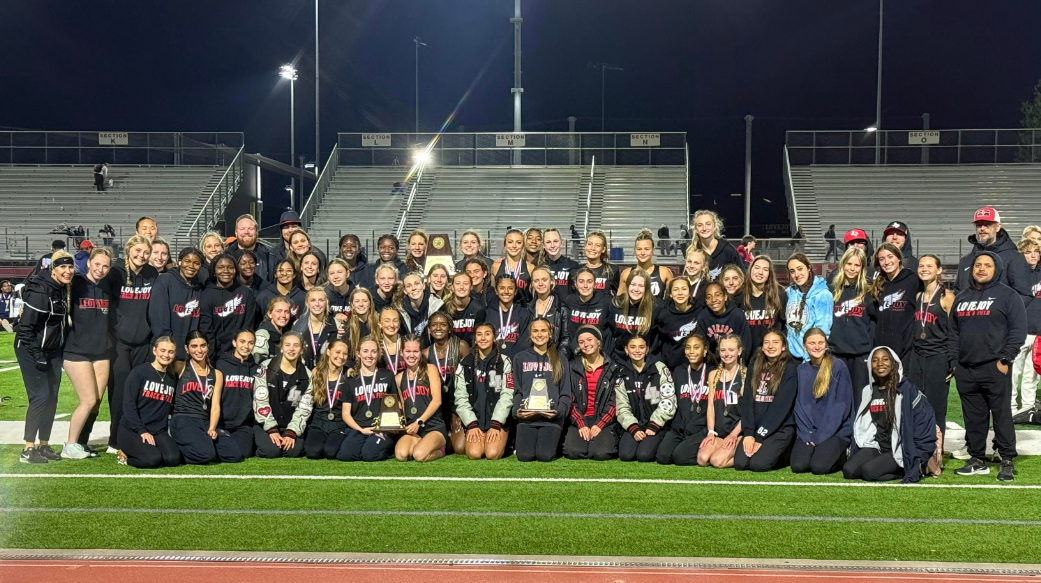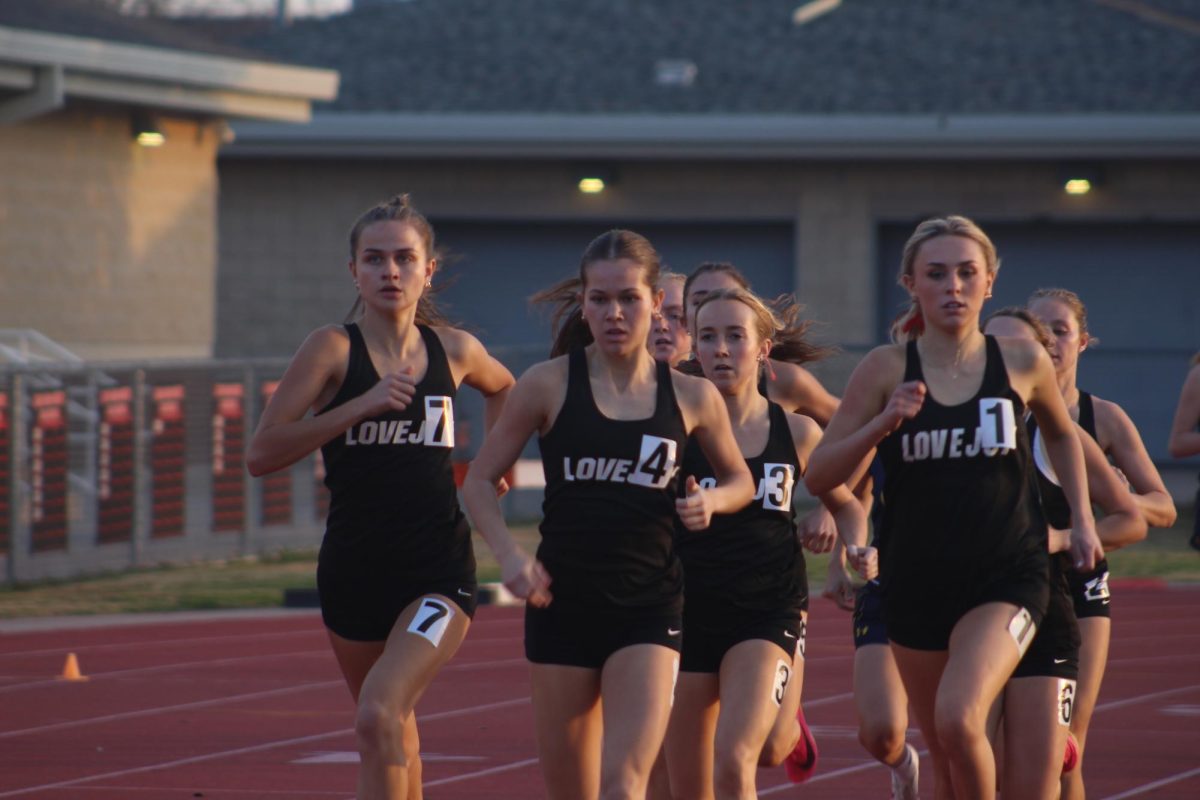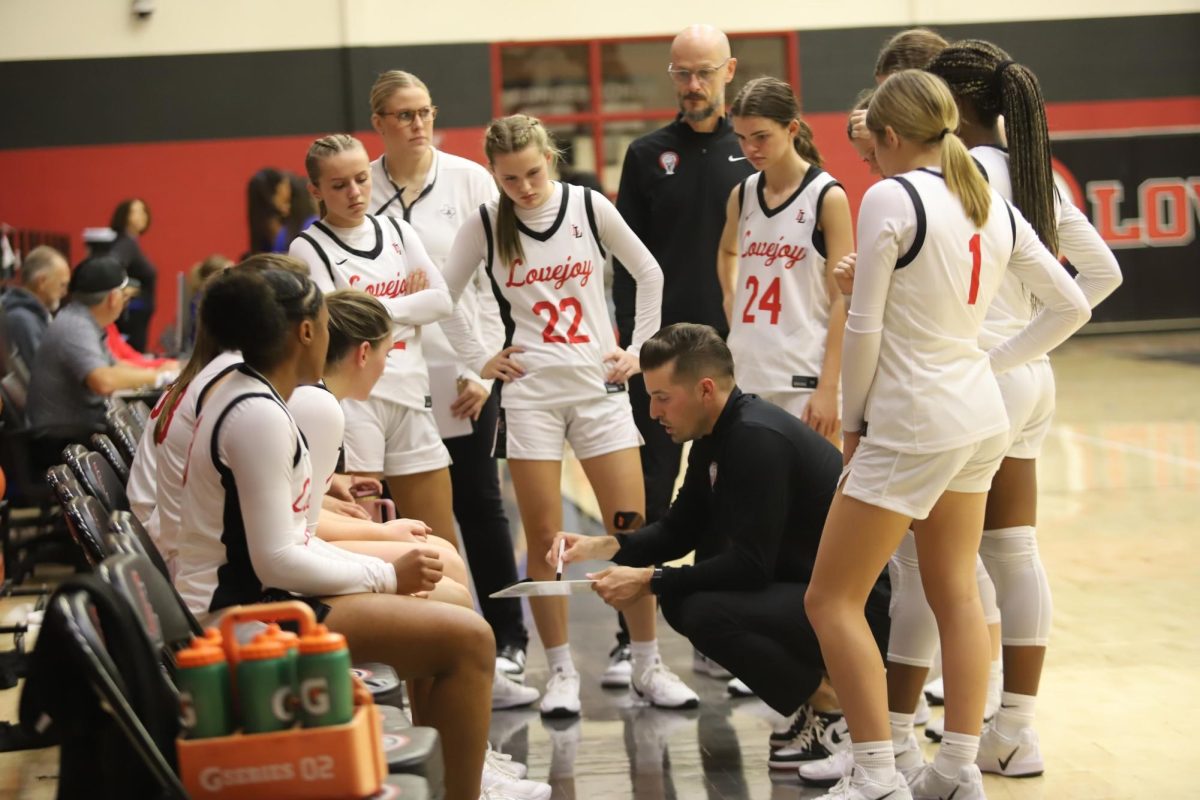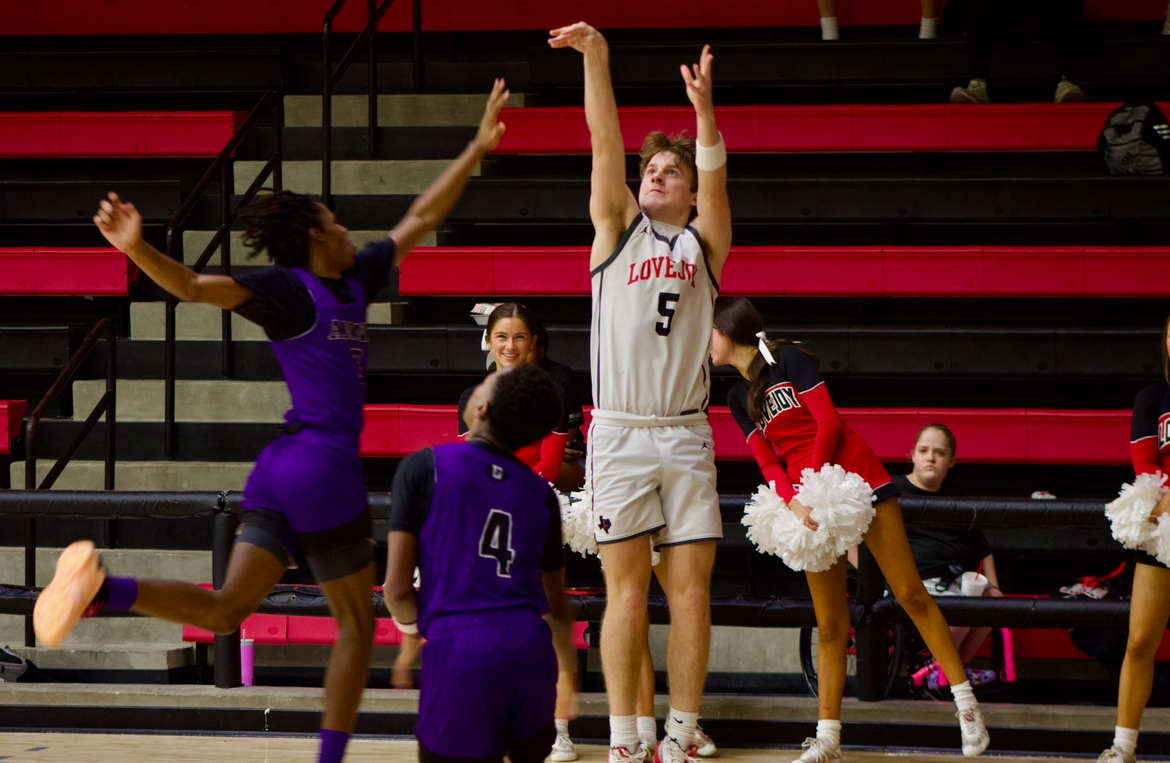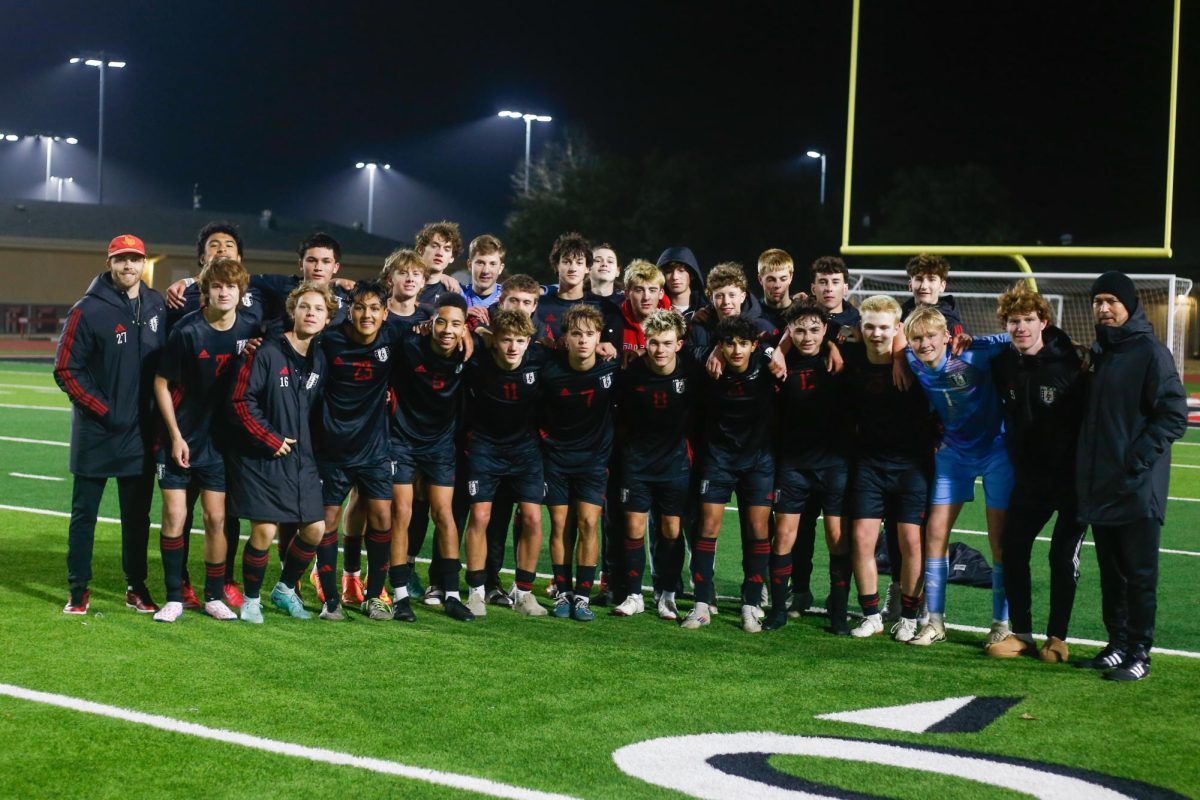When it comes to athletics, many students on campus are often faced with a choice: club or school. For many students, club comes first. That’s because club teams are thought to increase an athletes chances at attaining a college scholarship.
The college scholarship comes at minimal upfront cost in certain sports, like football, but in other sports, like volleyball and soccer, scholarships come at a steep price.
Joining a club team is a financial burden that many parents hope to see pay off in the future.
“I knew that my mom wasn’t going to be able to afford for me to go to college, so getting a scholarship was really my only option,” senior Ebony Nwanebu said.
Nwanebu is one of the lucky few who will actually see dividends paid for the money invested in club sports. She is receiving a full ride scholarship to play volleyball at the University of Southern California, valued at $63,000 a year.
However, throughout Nwanebu’s ten year’s playing club volleyball, her family spent right around a full year’s worth of that scholarship.
“I started playing club volleyball when I was 8 and it cost about $4,000,” Nwanebu said.
As she has gotten older and progressed to the elite club programs, the cost of club has gone up too.
“Now it costs me about $5,000 just in club fees,” Nwanebu said. “We usually go to about three out of state tournaments each year, which means three different hotels and airfare and other expenses. Then we have Nationals, which costs about $2,000.”
Totaled together, volleyball head coach Ryan Mitchell figures club volleyball costs upwards of $10,000 a year.
But the reality is that most student athletes do not end with a scholarship like Nwanebu’s.
“The parents dream that says I’m going to invest in club so that one day my child gets a college scholarship rarely pays off,” Mitchell said.
What many parents fail to realize is how that money could have been better spent to give their child a higher chance at being offered some sort of scholarship to attend a certain college.
“They have a better chance at investing that money in tutoring programs and trying to get an academic scholarship versus an athletic scholarship,” Mitchell said.
Some may argue that these athletes should just play high school sports, because they are relatively inexpensive, and if they’re good enough they’ll get recognized. However, they fail to understand the financial and logistical implications of college scouting.
“You have to understand, during high school season all the college coaches are in the middle of their season too and they don’t have time to come out and recruit anyone,” Mitchell said. “But during the spring, when the club season is going on, they can go to a club tournament and see 700 girls in one weekend, instead of having to fly to a single high school just to see one girl.”
Club soccer is extremely similar, with the club not necessarily helping develop a player to be worthy of a college scholarship, but being used as a tool by players with scholarship aspirations.
“If your goal is to get into one of the elite level colleges, then you need to play on an elite club team just for visibility,” girls soccer head coach Jeff Kear said. “It doesn’t have nearly as much to do with visibility as it does with playing ability.”
With club costs as high as they are, not all families can afford to be in that world.
“One of my biggest complaints with club soccer is that it’s not even the best players in the country, it’s just the best players that come with families from money,” Kear said. “Then, there are the players with immense talent that don’t get recognized by colleges, because they can’t afford to be in that world.”
A common misconception about club sports is that scouts write off high school games as meaningless, while placing the utmost importance in club success.
“In the club world, the kids are told that no one watches high school games and no one cares about how your school team does,” Kear said. “They’re told that the club matters, because the college scouts are going to those games and they’re following how those teams do. However, all the college coaches I’ve talked to say that they have a lot of respect for high school soccer, but it’s just for practical reasons that they don’t go to the games.”
But while club sports may provide more visibility, there is one area in which they are lacking.
“In high school you get more of a team atmosphere, the team experience, and camaraderie, where in club it’s just you show up, you play, you go home,” Mitchell said. “At Lovejoy it’s about building a program and tradition and passing it on to the next person in line, which really helps build the athlete’s character and leadership abilities that club doesn’t provide nearly as much.”
Furthermore, high school sports afford players a break from the business-like, no nonsense atmosphere of club sports.
“The value of high school versus club is just the fun you’re able to have with your team,” Kear said. “You hear kids say in a dismissive way that club is serious and that it’s what matters, and high school is just for fun. I don’t think they realize until after they leave school how much they needed the high school soccer team to keep soccer fun.”
Playing sports competitively at such a young age and at such a high frequency can sometimes cause many talented athletes to burn out and stop enjoying the sport.
“I love volleyball, but sometimes I feel a little burned out,” Nwanebu said. “Even though I’m know I’m never going to play volleyball after college, I’m really excited and think that it was worth everything I’ve put into it so far.”
Title IX, while providing ample amount of opportunity for women to compete at the collegiate level, limits the amount of scholarship money available for all the different women’s programs.
“The full-ride college scholarship doesn’t exist for soccer,” Kear said. “You’re more than lucky if you can get a half scholarship for soccer and most people only get a quarter scholarship.”
Sometimes it takes a while for athletes and parents to grasp the reality of how scarce college scholarships are.
“I’ve had some of the parents of the younger kids parents come up to me and ask what big colleges I’ve gotten scholarship offers from, and I just want to tell them that the chances of that happening are so slim,” senior soccer player Kathryn Thompson said. “At the time you don’t realize it, but it’s really a wake up call when you finally get to this age and start looking at schools to compete at and then you realize that even though you’re really good for your area, there’s a lot of even better girls in other areas.”
Although the college scholarship is the primary motivation for many families to join a club team, Mitchell says that should not be the case.
“I would say only a handful of girls make their money back by getting a scholarship,” he said. “I tell parents and kids all the time that if you’re playing club just for the scholarship, you’re playing for the wrong reasons.”
The chances of attaining a college scholarship worth an equal or higher value spent on club sports are slim, but parents still fork over the money to give their child that chance along with additional benefits.
“I continue to keep Ebony playing club volleyball because it keeps her active, keeps her in friendships with girls with the same interest and goals, and so she can continue mastering her volleyball skills toward playing at USC,” Ebony’s mom Joyce Newell said.
Despite the elusiveness of the college scholarship, parents and athletes all aspire to attain one.
“The college scholarship is the holy grail of club sports, but like that actual holy grail, it’s imaginary,” Kear said. “People are spending thousands and thousands of dollars in club expenses and traveling all of the country, and for what? So that they’re kid can end up playing for Wilson Pickett State Teachers College. That wasn’t what they imagined when they were 12, but that’s where they end up.”





